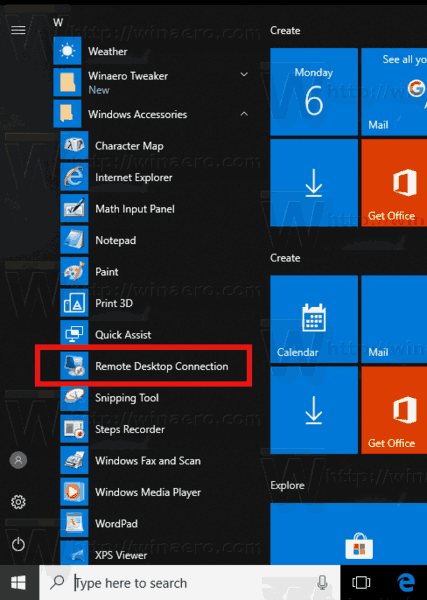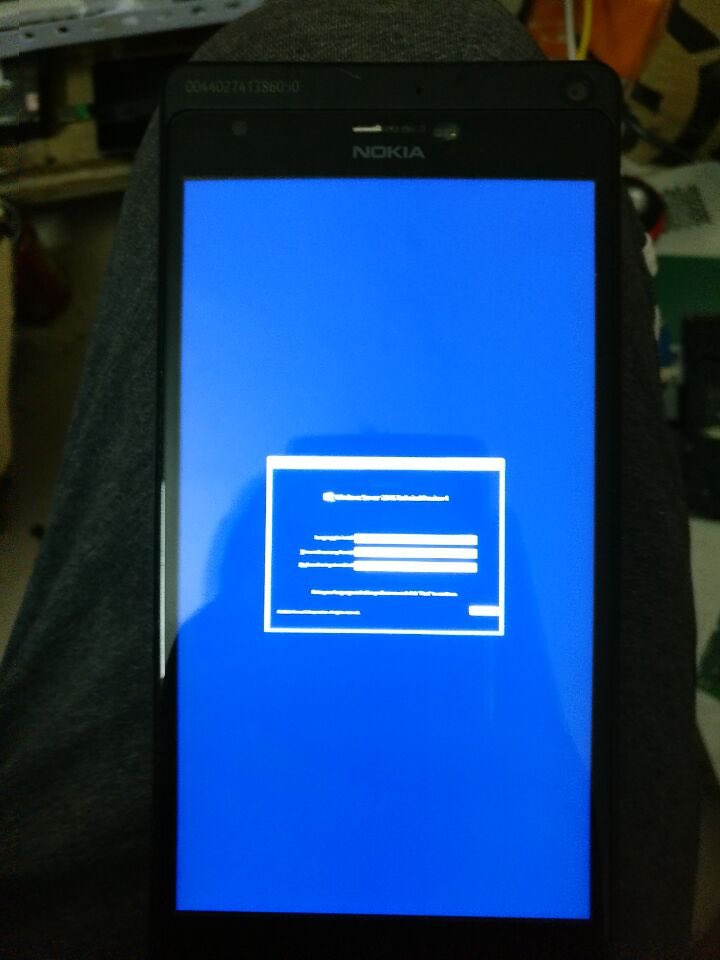Since everyone started working remotely, I've personally needed to Remote Desktop into more computers lately than ever before. More this week than in the previous decade.
I wrote recently about to How to remote desktop fullscreen RDP with just SOME of your multiple monitors which is super useful if you have, say, 3 monitors, and you only want to use 2 and 3 for Remote Desktop and reserve #1 for your local machine, email, etc.
IMHO, the Remote Desktop Connection app is woefully old and kinda Windows XP-like in its style.
There is a Windows Store Remote Desktop app at https://aka.ms/urdc and even a Remote Desktop Assistant at https://aka.ms/RDSetup that can help set up older machines (earlier than Windows 10 version 1709 (I had no idea this existed!)
To check or change the RDP port, use the Registry Editor: Go to the Start menu, select Run, then enter regedt32 into the text box that appears. To connect to a remote computer, select File, and then select Connect Network Registry. In the Select Computer dialog box, enter the name of the remote computer, select Check Names, and then select OK. In this article. Applies to: Windows 10, Windows 8.1, Windows Server 2019, Windows Server 2016, Windows Server 2012 R2. You can use Remote Desktop to connect to and control your PC from a remote device by using a Microsoft Remote Desktop client (available for Windows, iOS, macOS and Android). Download this app from Microsoft Store for Windows 10, Windows 8.1, Windows 10 Mobile, Windows Phone 8.1, Windows 10 Team (Surface Hub), HoloLens. See screenshots, read the latest customer reviews, and compare ratings for Microsoft Remote Desktop. Jan 24, 2020 Remote users can connect to their Windows 10 computers through the Remote Desktop Services (RDP) running on the Pro and Enterprise editions (but not on Home/Single Language). But there is a restriction on the number of simultaneous RDP sessions – only one remote user can work at a time.
The Windows Store version is nicer looking and more modern, but I can't figure out how to get it to Remote into an Azure Active Directory (AzureAD) joined computer. I don't see if it's even possible with the Windows Store app. Let me know if you know how!
So, back to the old Remote Desktop Connection app. Turns out for whatever reason, you need to save the RDP file and open it in a text editor.
Add these two lines at the end (three if you want to save your username, then include the first line there)
Note that you have to use the style .AzureADemail@domain.com
The leading .AzureAD is needed - that was the magic in front of my email for login. Then enablecredsspsupport along with authentication level 2 (settings that aren't exposed in the UI) was the final missing piece.
Add those two lines to the RDP text file and then open it with Remote Desktop Connection and you're set! Again, make sure you have the email prefix.
The Future?
Given that the client is smart enough to show an error from the remote machine that it's Azure AD enabled, IMHO this should Just Work.
More over, so should the Microsoft Store Remote Desktop client. It's beyond time for a refresh of these apps.
NOTE: Oddly there is another app called the Windows Desktop Client that does some of these things, but not others. It allows you to access machines your administrators have given you access to but doesn't allow you (a Dev or Prosumer) to connect to arbitrary machine. So it's not useful to me.
There needs to be one Ultimate Remote Windows Desktop Client that lets me connect to all flavors of Windows machines from anywhere, is smart about DPI and 4k monitors, remotes my audio optionally, and works for everything from AzureAD to old school Domains.
Between these three apps there's a Venn Diagram of functionality but there's nothing with the Union of them all. Yet.
Until then, I'm editing RDP files which is a bummer, but I'm unblocked, which is awesome.
Sponsor: Couchbase gives developers the power of SQL with the flexibility of JSON. Start using it today for free with technologies including Kubernetes, Java, .NET, JavaScript, Go, and Python.
About Scott
Remote Desktop Windows 10 Download Rdp
Scott Hanselman is a former professor, former Chief Architect in finance, now speaker, consultant, father, diabetic, and Microsoft employee. He is a failed stand-up comic, a cornrower, and a book author.
AboutNewsletter -->
Applies To: Windows 10, Windows 8.1, Windows Server 2016, Windows Server 2012 R2
Virtual Machine Connection (VMConnect) lets you use a computer's local resources in a virtual machine, like a removable USB flash drive or a printer. Enhanced session mode also lets you resize the VMConnect window. This article shows you how configure the host and then give the virtual machine access to a local resource.
Enhanced session mode and Type clipboard text are available only for virtual machines that run recent Windows operating systems. (See Requirements for using local resources, below.)
For virtual machines that run Ubuntu, see Changing Ubuntu Screen Resolution in a Hyper-V VM.
Turn on enhanced session mode on a Hyper-V host
If your Hyper-V host runs Windows 10 or Windows 8.1, enhanced session mode is on by default, so you can skip this and move to the next section. But if your host runs Windows Server 2016 or Windows Server 2012 R2, do this first.
Turn on enhanced session mode:
Connect to the computer that hosts the virtual machine.
In Hyper-V Manager, select the host's computer name.
Select Hyper-V settings.
Under Server, select Enhanced session mode policy.
Select the Allow enhanced session mode check box.
Under User, select Enhanced session mode.
Select the Allow enhanced session mode check box.
Click Ok.
Choose a local resource

Download Rdp For Windows 7
Local resources include printers, the clipboard, and a local drive on the computer where you're running VMConnect. For more details, see Requirements for using local resources, below.
To choose a local resource:
Open VMConnect.
Select the virtual machine that you want to connect to.
Click Show options.
Select Local resources.
Click More.
Select the drive that you want to use on the virtual machine and click Ok.
Select Save my settings for future connections to this virtual machine.
Click Connect.

Edit VMConnect settings
You can easily edit your connection settings for VMConnect by running the following command in Windows PowerShell or the command prompt:
VMConnect.exe <ServerName> <VMName> /edit
Requirements for using local resources
To be able to use a computer's local resources on a virtual machine:
The Hyper-V host must have Enhanced session mode policy and Enhanced session mode settings turned on.
The computer on which you use VMConnect must run Windows 10, Windows 8.1, Windows Server 2016, or Windows Server 2012 R2.
The virtual machine must have Remote Desktop Services enabled, and run Windows 10, Windows 8.1, Windows Server 2016, or Windows Server 2012 R2 as the guest operating system.
If the computer running VMConnect and the virtual machine both meet the requirements, you can use any of the following local resources if they're available:
Rdp Remote Desktop Windows 7

Display configuration
Audio
Printers
Clipboards for copy and paste
Smart cards
USB devices
Drives
Supported plug and play devices
Why use a computer's local resources?
You might want use a computer's local resources to:
Remote Desktop Windows 7
Troubleshoot a virtual machine without a network connection to the virtual machine.
Copy and paste files to and from the virtual machine in the same way you copy and paste using a Remote Desktop Connection (RDP).
Sign in to the virtual machine by using a smart card.
Print from a virtual machine to a local printer.
Test and troubleshoot developer applications that require USB and sound redirection without using RDP.
Windows 10 Remote Desktop Import Rdp Files
See Also
